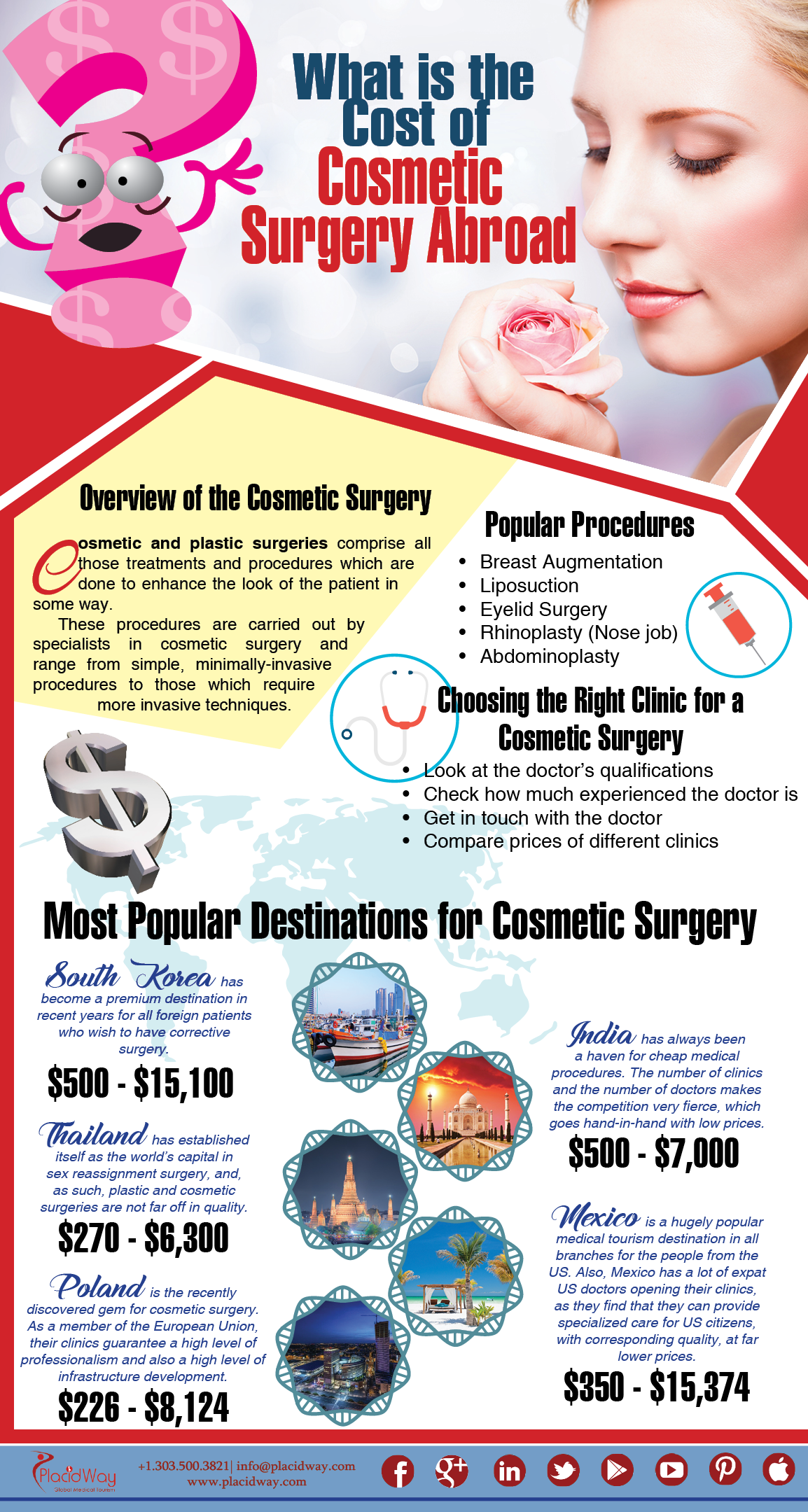Acne outbreaks in the cheek location are triggered by several points, from touching your face frequently to not transforming your pillow case typically enough. Picking at imperfections enhances your risk of infection and scarring, and particular medications can intensify dark places (postinflammatory hyperpigmentation).
Luckily, there are lots of methods to avoid and deal with cheek acne. These consist of:
1. Hormone Modifications
Acne is mainly triggered by hormonal agents, particularly those created during adolescence and pregnancy. For some, a family history of acne may likewise contribute to their condition. Anything that clogs pores, such as oil-based skin care products or waxy hair items, can cause acne. Numerous topical therapies, like benzoyl peroxide and salicylic acid, can battle germs and unblock pores. Those with severe or chronic acne should look for therapy from their medical professional.
Prevent touching or pressing your acne, as this can push some of the bacteria deeper into the skin, bring about an extra serious outbreak. It is likewise essential to change pillowcases regularly and make use of tidy make-up brushes. You ought to likewise try to avoid toxic irritants such as friction from putting on a safety helmet or limited collar.
2. Diet
The greasy, sweet foods that many people think trigger acne might in fact refrain from doing so. As a matter of fact, studies have actually revealed that consuming a diet plan rich in whole, nutrient-dense foods aids to stop breakouts.
Foods high in the glycemic index (such as white bread, corn flakes, puffed rice and potatoes, doughnuts and other breads) increase blood glucose degrees swiftly, and this can boost hormones that increase oil production and lead to acne.
Consuming alcohol cow's milk has actually likewise been linked to increased acne outbreaks. If you are a normal cow's milk drinker, you could intend to attempt changing to low-fat or nondairy options that are fortified with calcium. In addition, drinking even more water can aid to minimize acne because it helps to maintain the skin hydrated.
3. Excess Oil
While oil is necessary for healthy skin, it can become a trouble when excessive sebum mixes with dead skin cells and obstructs pores. This mix can produce blackheads, whiteheads and pimples. The obstructed pore wall can break down and spill bacteria, dead skin cells and sebum right into surrounding skin. This results in a red bump known as an acne. Often these red bumps have pus in the center from a microbial infection. Bigger infected bumps that look like acne are called cysts.
There are many things that can create excess sebum and blocked pores, including hormonal agent changes, diet and day-to-day behaviors. Some instances include touching the face frequently, relaxing your hand on your cheek, making use of filthy makeup brushes and not altering pillowcases routinely.
4. Stress and anxiety
If you're managing throbbing acnes or a multitude of blackheads and whiteheads, it may be time to speak to a skin specialist. They can recommend a reliable therapy that matches your skin kind. Exercising leisure and stress-reduction strategies also aids.
Acne can occur in the cheeks because of friction and pressure, such as when a person touches their face frequently or uses a hat or sports helmet that massages versus the skin. It can also show up where oily cosmetics and creams scrub versus the skin.
Stay clear of pressing acne, as this can press infected material deeper into the skin and result in scarring. Instead, see a doctor to learn more about preventative therapies like drug, skin care products and lifestyle modifications. Eating a healthy and balanced diet plan of whole foods, getting 7 to 9 hours of rest and utilizing noncomedogenic makeup and skincare items can all help in reducing acne outbreaks.
5. Hair Products
Hair items are not usually thought of as a cause of outbreaks, but they can add to acne on the cheeks in some people. Pomade acne, which is characterized by tiny shut comedones and papulopustules, is frequently brought on by using oily hair products that contain comedogenic active ingredients such as particular oils and acetylated lanolin.
Choosing hair products that don't have these potentially comedogenic components is an essential step towards lessening breakouts. Also, making certain that hair products aren't coming in contact with the skin can help avoid breakouts. For instance, using a headscarf or bonnet in the evening can limit hair-to-face get in touch with and decrease the possibility that leave-in hair products will rub off onto the face.
In addition best cosmetics for aging to using a non-comedogenic moisturizer and washing with an acne face wash, other valuable methods consist of:
